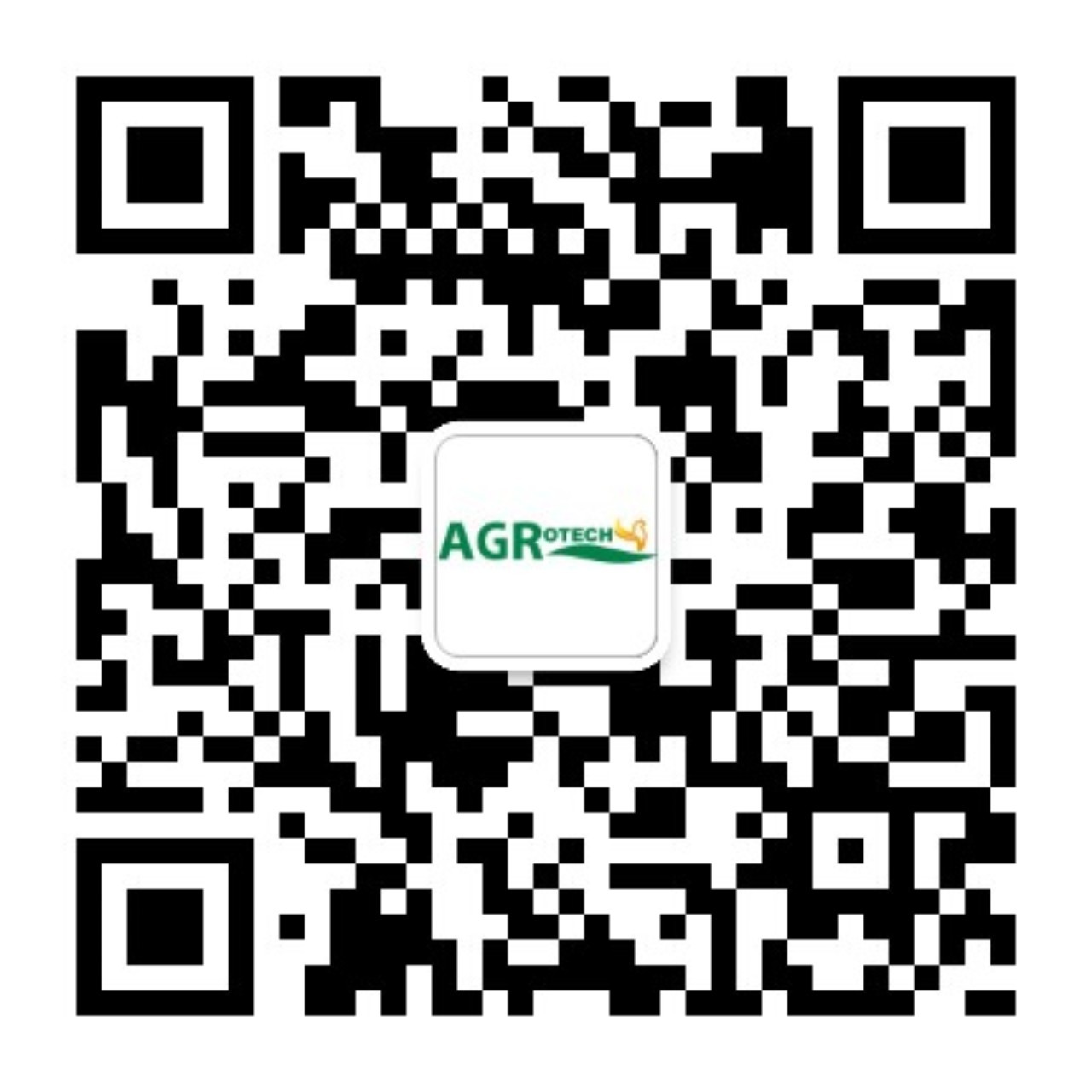News Center
News Details
Capital penetration and industrial integration are inevitable trends in the development of pig farming - May 2009
Release time:
2011-01-25 00:00
Source:
China's feed industry currently processes approximately 100 million tons of domestically produced corn and tens of millions of tons of other crops annually. It has become a crucial industry in promoting agricultural modernization, increasing farmers' income, and improving people's lives.
According to the China Animal Husbandry and Feed Industry Exhibition held on the 17th, China's total feed output reached 137 million tons in 2008, a year-on-year increase of 10.6%, consistently ranking second globally. The China Feed Industry Association predicts that based on the current production status of large and medium-sized domestic enterprises, this year's total feed production will remain stable or even surpass last year's level, with production growth also reaching last year's level.
The current global financial crisis, influenza epidemic, and decline in pork prices have presented numerous challenges to China's feed enterprises. However, these factors have also significantly increased opportunities for enterprise integration, mergers, and restructuring. Feed industry enterprises will be able to develop towards the entire industrial chain, establishing a safe, high-quality, efficient, and environmentally friendly feed production system, forming leading group enterprises. This will avoid duplication, waste, and malicious competition, while enabling strong alliances of capital and resources, strengthening enterprise strength, and enhancing competitiveness.
Whether pig farming is a sunrise industry is not important. The influx of foreign capital, upstream and downstream enterprises, and major pig farming players have disrupted the traditionally closed pig farming industry. Is this phenomenon a temporary result of profit-driven motives or an inevitable trend of development? How should small and medium-sized pig farms cope with these giants? At the Phoenix Mountain Forum, Xiong Junhong, president of Baishiteng Animal Husbandry, shared his thoughts on the commercial evolution of the pig farming industry with attendees.
Only after entering the pig farming industry did I understand what it means to 'speak easily from a position of comfort'.
Baishiteng is a subsidiary of Aigfe Group, which was one of the main players in the 'Goldman Sachs pig farming' story that was widely reported in the media in 2008. Xiong Junhong explained that the 'Goldman Sachs pig farming' was a media misrepresentation. In fact, Baishiteng Group raised funds through capital market operations and acquired more than 30 pig farms in Jiangxi, Fujian, and other regions.
After more than a year in the pig farming industry, Xiong Junhong, who has a background in feed production, has many reflections. 'Only after entering the pig farming industry did I understand what it means to "speak easily from a position of comfort."'
Xiong Junhong clearly feels the difficulties of pig farming. 'Previously, I worked in feed production, and because I frequently served farmers, I felt that pig farming should be easy. After entering the pig farming industry last year, I truly realized that pig farming is not that easy. We have encountered problems such as environmental protection, land, and policies, as mentioned by others before.'
The decline in family farming has made the pig farming industry a new area for various capitals to seek profit.
Baishiteng entered the pig farming industry because it saw the prospects of the industry.
In recent years, the trend of farmers exiting and large enterprises entering the pig farming industry has become increasingly apparent. Pig farming is gradually shifting from a self-sufficient model to a commercialized, industrialized, and market-oriented one. According to our statistics, in 1980, family farming accounted for approximately 90% of the national pig market. By 2008, this proportion had dropped to 35%. Xiong Junhong believes that the decline in family farming has created development space for commercial pig farming.
Xiong Junhong stated that the industrial integration of the pig farming industry is the result of multiple factors. In addition to the aforementioned decrease in the number of family farms, the government's unprecedented attention to the pig farming industry and the demand of the domestic consumer market are also important factors driving industrial integration.
Since the shortage of pigs and surge in pork prices in 2007, the government's attention to the pig farming industry has been unprecedented. The government has invested a large amount of funds to support and guide industrial upgrading and structural adjustment. At the same time, China is a major consumer of pork, and consumers' pursuit of fresh, flavorful pork, as well as their increasing emphasis on food safety, has led many capitals to see the industrial changes and prospects of the domestic pig farming industry. At this time, the entry of various commercial capitals and the expansion of pig farming giants have led to industrial integration and transformation, becoming an inevitable trend in the development of the pig farming industry.
There is no good or bad model; all types of capital play a positive role in industrial upgrading.
The entry of various capitals into the pig farming industry has accelerated the transformation and upgrading of the industry. Xiong Junhong believes that these different capital types, including foreign capital, and the different industrial models they have created, are not inherently good or bad. He believes that they have a positive impact on industrial upgrading.
Xiong Junhong divides the different capitals in China's current pig farming industry into five different commercial pig farming models.
The first category: Domestic upstream and downstream enterprises in the pig farming industry entering the pig farming industry. The most significant move is by New Hope Group. New Hope Group plans to establish a breeding scale of 20 million pigs nationwide within three to four years, establishing the largest pig breeding industry cluster in China. This plan is currently the largest one. Many similar companies, such as Jiangxi Zhengbang, which originally focused on feed, veterinary drugs, and chemicals, have also entered the pig farming industry and are expanding through a 'company + base + farmer' model.
The second category: Large pig farming companies are also expanding rapidly. Typical examples include Guangdong Wen's Food Group Co., Ltd. and Guangdong Changjiang Food Co., Ltd. These pig farming enterprises, which already had a relatively large scale, have developed even faster in the past two years.
The third category: Industrial extension of foreign feed groups, typically represented by Charoen Pokphand Group (CP Group). CP Group announced that it will invest nearly 10 billion yuan in Shanghai to raise pigs and poultry, with a pig farming scale of nearly 1 million heads. It is also vigorously developing the pig farming industry in other regions of China. With strong international capital and successful foreign pig farming models to draw on, it is rapidly expanding its share in China's pig farming industry. CP Group has a strong foundation in the feed industry, as well as decades of international commodity operation and successful experience, and its development momentum is considerable.
The fourth category: Large domestic private enterprises, such as Henan Muyuan, are stars in China's private pig farming sector. Through years of dedicated research and development, continuously digesting and absorbing advanced domestic and foreign pig farming models, it has formed its unique pig farming scale, reaching 500,000 pigs in a single county in Henan, becoming the leading pig farmer in Central China. Recently, it has even received a meeting with the Premier, and with strong government support, it will become a model for the pig farming industry to learn from.
The fifth category: International capital entering the pig farming industry. Baishiteng's entry into the pig farming industry is an extension of the feed industry, and it also saw the development trend of the domestic pig farming industry. It simply leverages some foreign capital and integrates international resources to promote the development of the industry.
Previous page
Previous page





